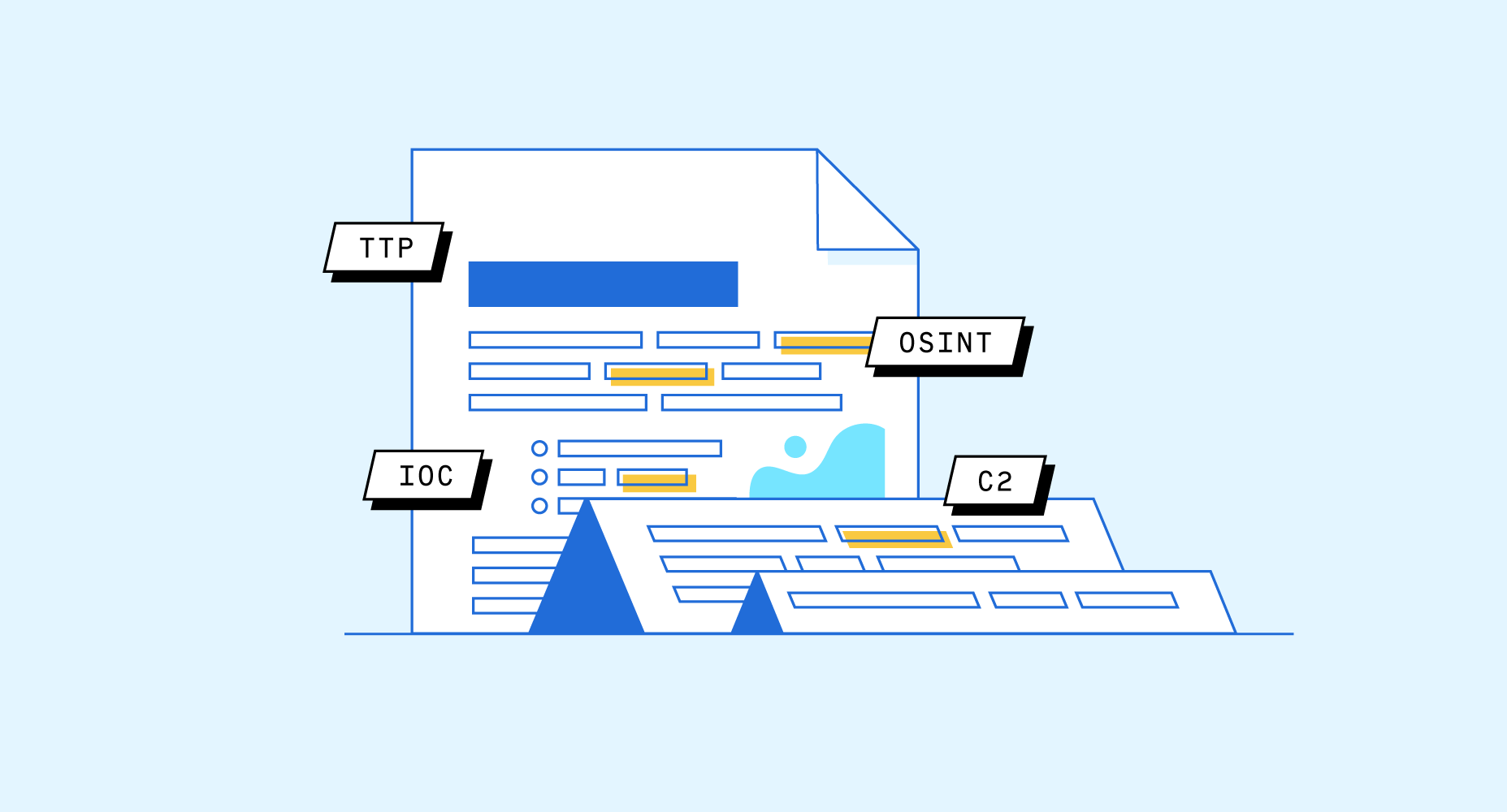Ttp Military - As I read various information security reports, blogs, and tweets, I often see the acronym "TTP" being used to describe a myriad of things (such as tests, tools, processes, programs, etc.) related to information security. Although TTP is a commonly used abbreviation, it is often not the original meaning: Tactics, Techniques and Procedures. In this post I will discuss my interpretation of TTP (based on DoD doctrine) and explain why I believe you should use TTP!
Tactics, techniques and procedures are specific terms that originated in the Department of Defense and have been used for many years to describe military operations. Joint Publication 1–02,
Ttp Military

Now that we have the "official" definitions, what do they actually mean? I like to think of them as a hierarchy of specifics, ranging from the broadest (tactics) to the most specific (procedures). To clarify what they actually mean in practice, I'll go over and explain what each term actually means in more detail. Also, I will use the metaphor of "owning a car" to describe each of these terms.
Pakistan Mulls Military Offensive Against Ttp
Tactics are high-level considerations with limited specific information that dictate how things should be done. Usually used for planning and/or monitoring purposes, there are no specific instructions or guidelines, just general guidelines useful for high-level considerations to ensure that everything required is completed as part of a larger whole.
To use the analogy of car ownership, there are many "tactics" involved in owning a car, such as fueling, cleaning and preventive maintenance. Each of these could be viewed as a "tactic" related to car ownership. For the purposes of this example, we will focus on "preventive maintenance" as the chosen tactic to delve into.
Techniques form a gray area between the high-level perspective of tactics and the very specific details of procedures (more on that later). They consist of actions to be performed, but without specific (ie non-prescriptive) instructions on how to complete that action. This usually results in identifying the tasks that need to be done, but not micromanaging how the task is done.
To continue the car analogy, if the "Preventive Maintenance" tactic was chosen, there would be a number of different techniques that could be used to achieve that tactic, such as oil changes, tire rotations, brake replacements, etc. These techniques outline general tasks to be performed, but do not provide specific instructions on how to perform them. We will select "oil change" as the technique we are interested in and use to discuss the procedures.
Pakistani Taliban Announce Ramadan Offensive Against Security Forces
Procedures are specific step-by-step instructions and/or instructions for performing a task. Procedures include all the steps needed to perform a particular task, but without any high-level consideration or background as to why the task is being performed. The priority for the procedures is to provide complete step-by-step instructions so that anyone qualified to follow the instructions can successfully complete the task.
To complete our car analogy, the procedures for applying the "oil change" technique would be specific to the car being serviced. This would include any information on change frequency, oil type, filter type, drain plug location, tools required, etc. The procedures should be such that anyone (well, almost anyone) can perform the task described using these instructions.
Representing tactics, techniques, and procedures as a hierarchy can help visualize the relationships between them. One or more techniques will need to be used to achieve the desired tactic. In order to complete the desired techniques, you will need one or more procedures to follow. What distinguishes "advanced" threat actors from others is their ability to implement new sophisticated techniques or procedures that others cannot easily replicate, even though their tactics are largely the same as others.

Although TTP has been used to describe conventional warfare, it can also be very useful in describing cyber security. Fortunately, the MITER ATT&CK matrix is already structured to use this structure and provides an excellent resource for security-based TTPs.
Govt Mulls 'military Offensive' Against Ttp
The column headings represent the different high-level tactics (highlighted in red) that an attacker uses as part of the cyber attack cycle. The individual entries in the matrix under Tactics represent techniques (highlighted in green). As we discussed earlier, for each tactic there are several listed techniques. When you click on any technique, it will take you to a page with more details about the technique, including real-world examples of bad actors being used. These examples represent the procedures used and provide a detailed analysis of the exact actions taken and resources used. Procedures can also appear as specific hashes or exact tools and command lines used for specific malicious activities. MITER ATT&CK provides easily accessible cybersecurity-related TTP analysis.
For example, when an attacker needs to access computers or resources on a network other than their initial stronghold, they must employ lateral movement tactics. A popular technique is to use the built-in Windows administrative shares, C$ and ADMIN$, as writable directories on the remote computer. One way to implement this technique would be to use the SysInternals PsExec tool, which creates a binary to run the command, copies it to the Windows Admin share, and starts the service from that share. Blocking the SysInternals PsExec tool will not completely remove the risk of the Windows admin sharing technique; an attacker could simply use a different procedure, for example
Or the Invoke-PsEkec PowerShell cmdlet cmdlet. Understanding the specifics of attacks and defensive countermeasures is critical when evaluating the effectiveness of security controls.
Aside from trying to clarify the use of "TTP", why is this old military jargon important in today's computer-driven world? The thing is, this approach to understanding malicious activity will make you a better attacker or defender. Being able to break down complicated attacks into TTPs will help make attack detection or replication much easier to understand.
Pak In Trouble As Taliban Suicide Squad Threatens Sharif Govt, Army; 'we Are Ready''
Understanding the various tactics involved in information security will help plan for any areas of deficiency in your personal experience of the business environment and can focus efforts where you may currently lack knowledge/coverage. For example, the "Assume Breach" mindset is a recognition that effective cybersecurity must recognize other tactics used by attackers, rather than focusing entirely on preventing the initial compromise. This high-level perspective will help prevent oversights in some part of the security program.
Understanding the difference between techniques and procedures is also incredibly important. Many network security tools and threat data sources focus on the specific procedures used by the actor (such as tool hashes, filenames, and C2 domains/IPs) rather than the general technique used. Occasionally, the security community labels something a new technique, when it should more accurately be called a new procedure for an existing technique. Knowing basic techniques and being able to adapt specific procedures will make you a better operator, no matter what role you play.
As the old saying goes, "Give a man a fish and you feed him for a day." Teach a man to fish and you feed him for life. When thinking about network defense, giving away fish is like focusing on fragile indicators of an attacker's practices (such as hashes and specific IPs). It may temporarily satisfy your needs, but its effectiveness will be short-lived. Teaching fishing means focusing on the Technique in use, understanding the technology and behavior associated with the attack, and creating resilient countermeasures that will work even as the attacker adapts or creates new Procedures.

We hope this post was helpful in clarifying the difference between tactics, techniques, and procedures, as well as highlighting the benefits of understanding each term. A few days ago, the alleged audio recording of Tahreek Taliban Pakistan (TTP) chief, Noor Wali Mehsud, caught the attention of those keeping an eye on terrorist groups operating in Pakistan, especially Tahreek and Taliban Pakistan (TTP). Through this audio recording, Noor Wali sent a message to TTP fighters to arm themselves against the Islamic Emirate of Afghanistan (IEA) after its search operation in the provinces along the Pakistan-Afghanistan border. Since the Kabul takeover, some security analysts have predicted a possible IEA partnership with the TTP. However, the evolution of TTP strategies and its ideological change from an offshoot of the IEA to an opponent of the IEA has been observed. Only those who have followed the activities of the TTP know that the TTP is now a threat to the Islamic Emirate of Afghanistan.
Pakistan Army Punishes Officers Responsible For The Escape Of Ttp Spokesman Ehsan Ullah Ehsan
What prompted the TTP to issue such an important statement? This question comes to everyone's mind, the discussion below is contextualized for this question. The ideological position of both TTP and IEA is very different. The Afghan Taliban are ethnic citizens. They have fought only one war against foreign forces for Afghan territory and have never laid claim to any region outside Afghanistan's borders. However, the TTP has long been inspired by al-Qaeda, which has expansionist and deadly goals
To create an ideology
Ttp disease, ttp causes, ttp military acronym, acquired ttp, ttp military abbreviation, what does ttp stand for military, ttp, ttp medicine, diffuse ttp, ttp medical, ttp syndrome, military ttp

0 Comments